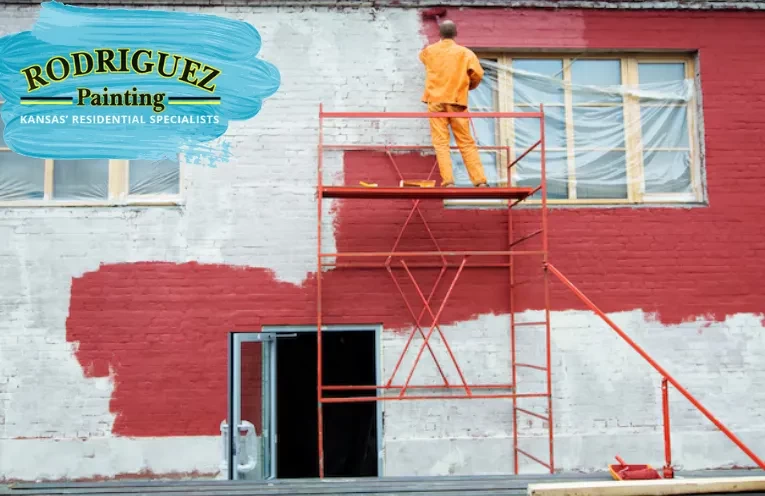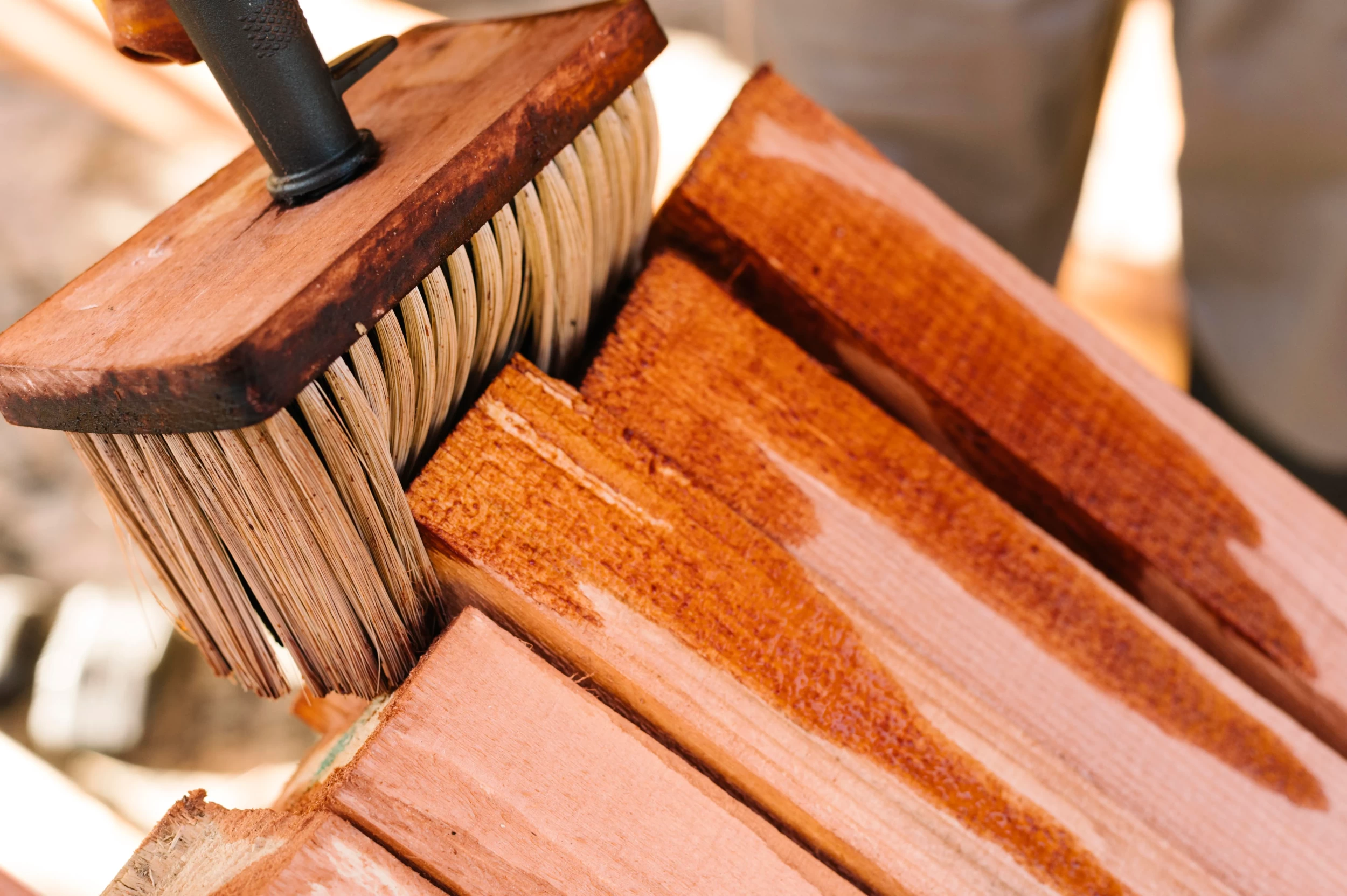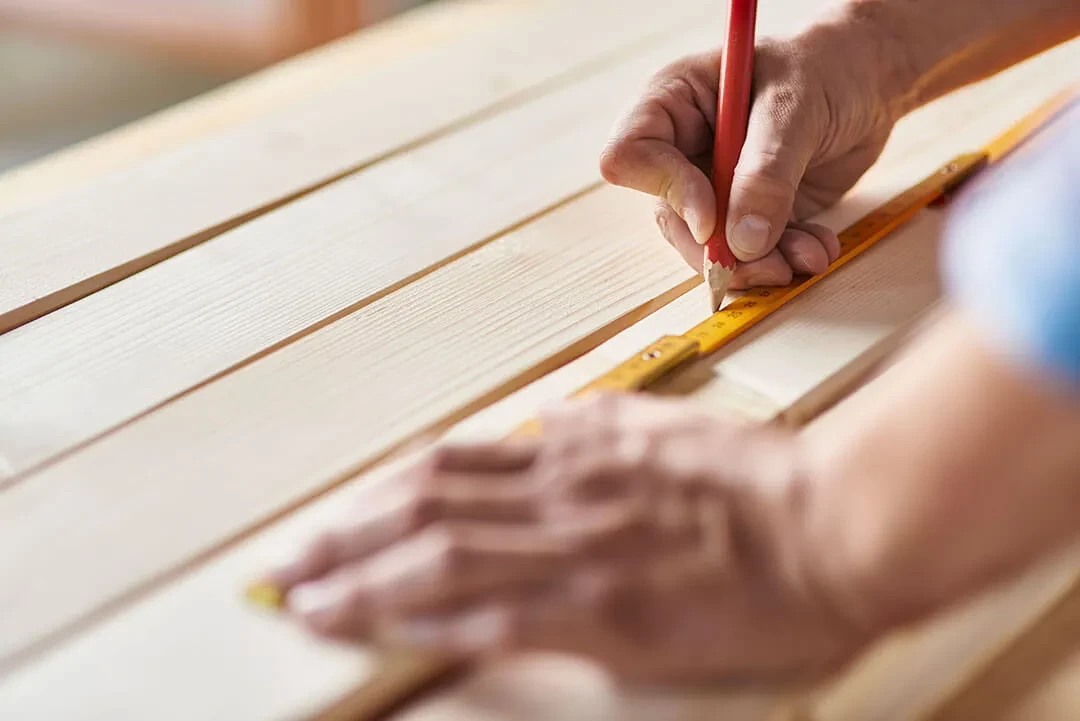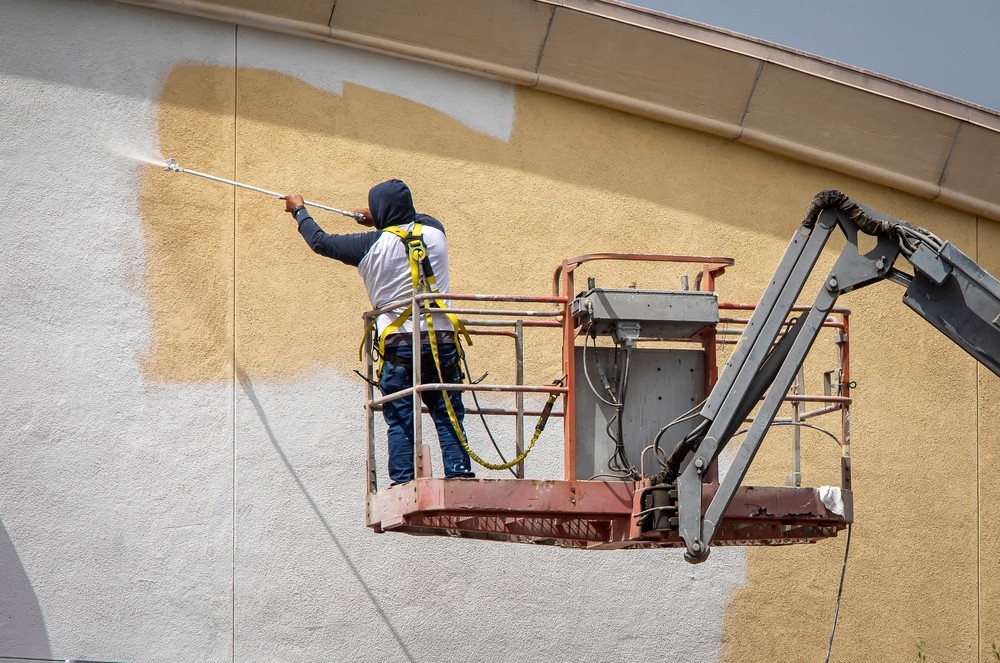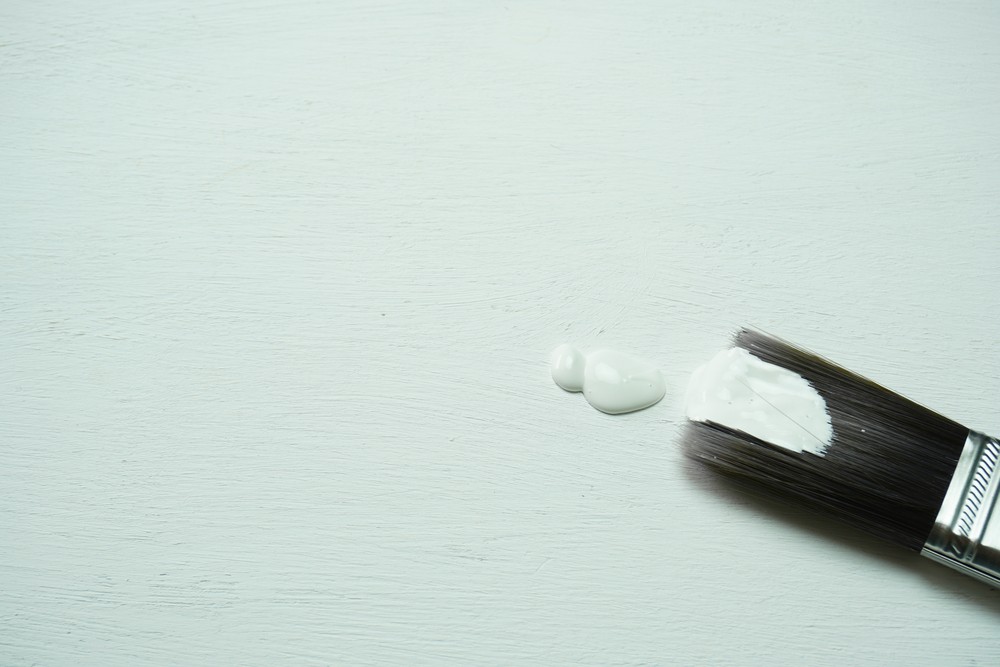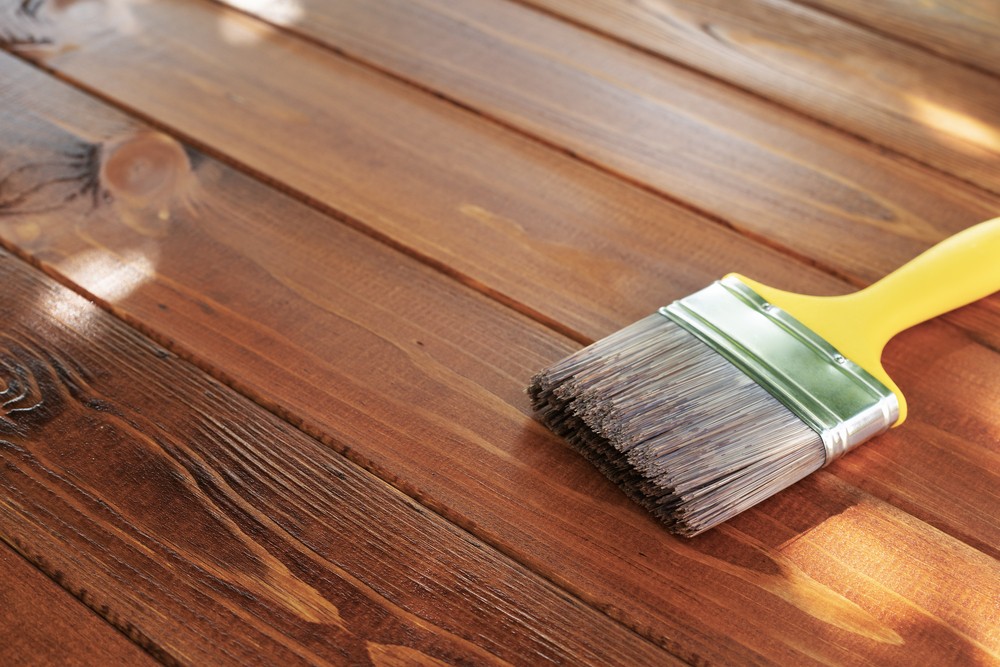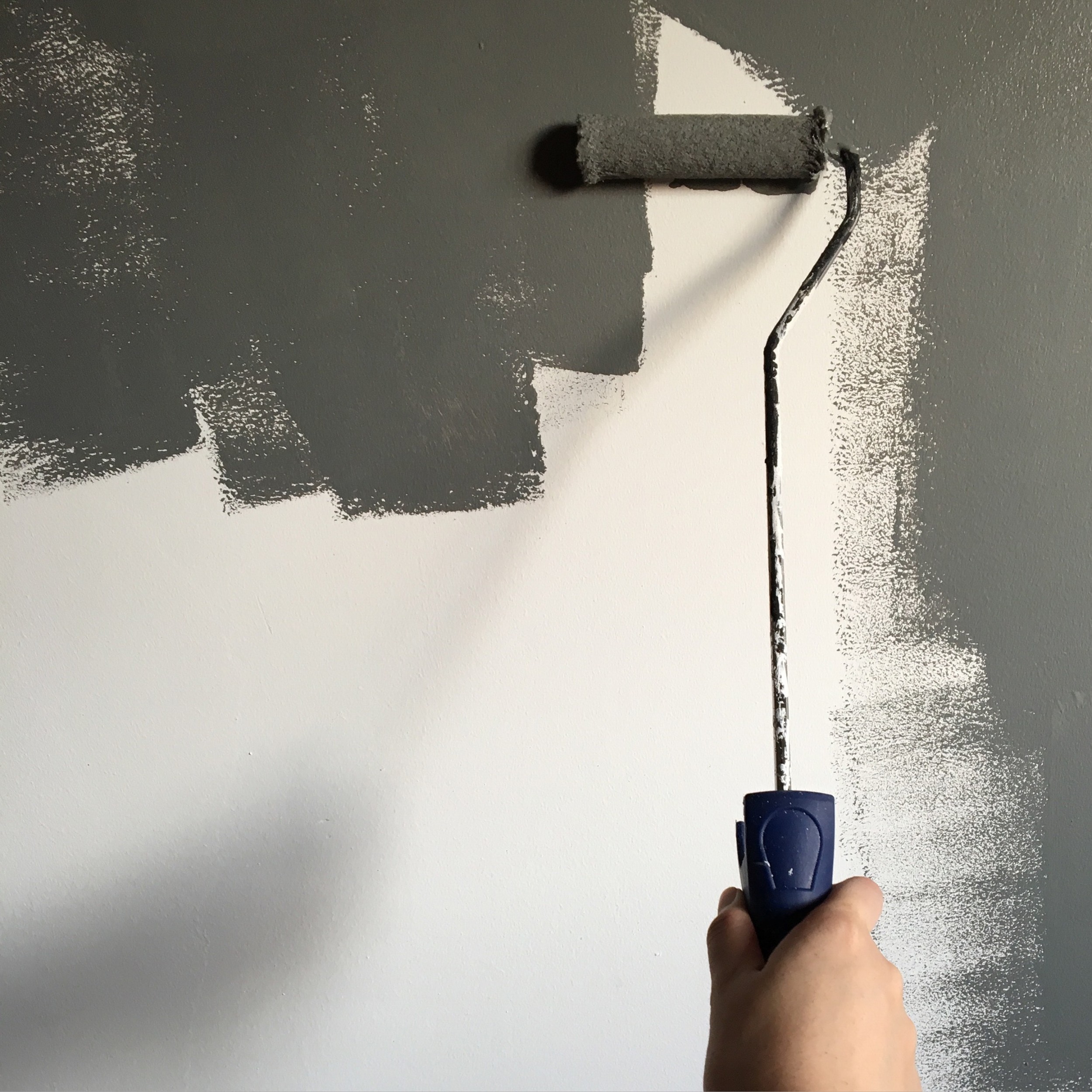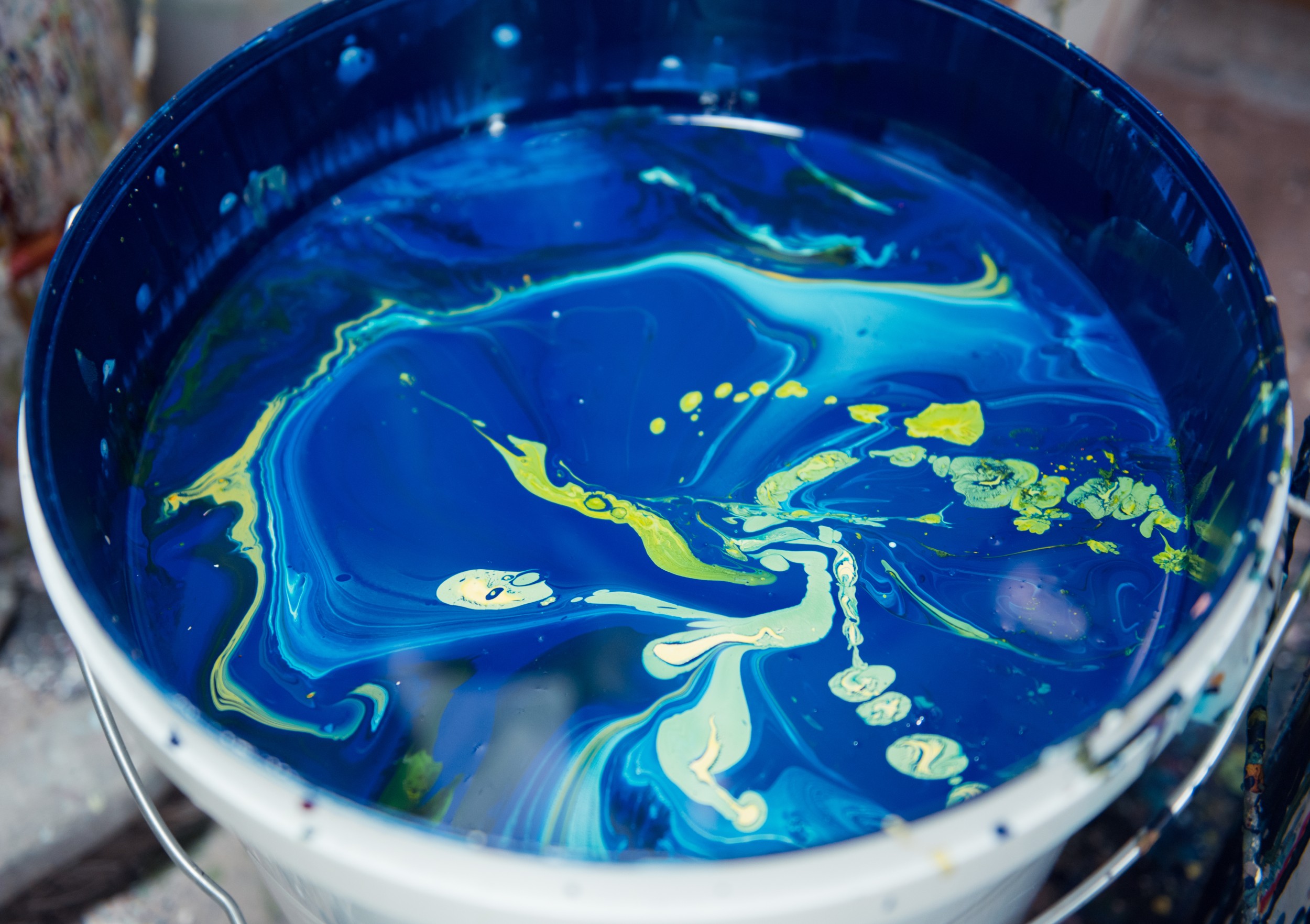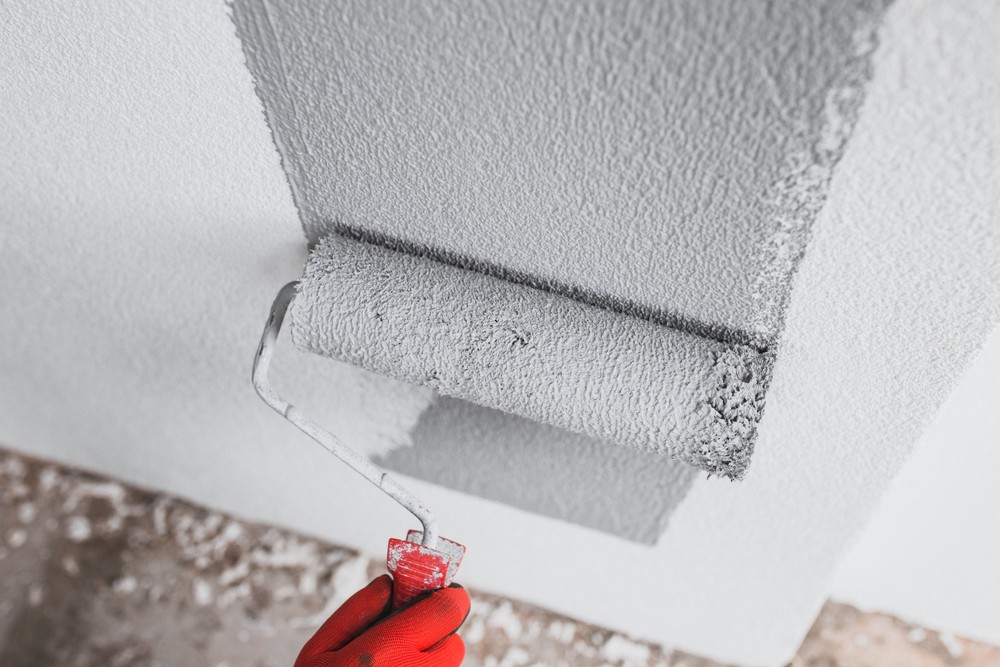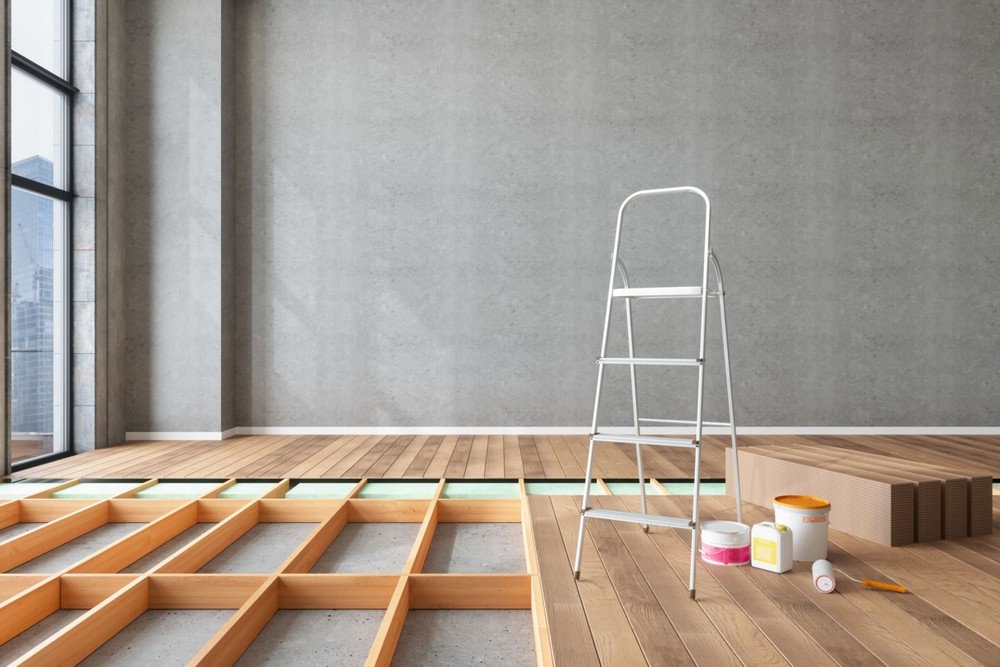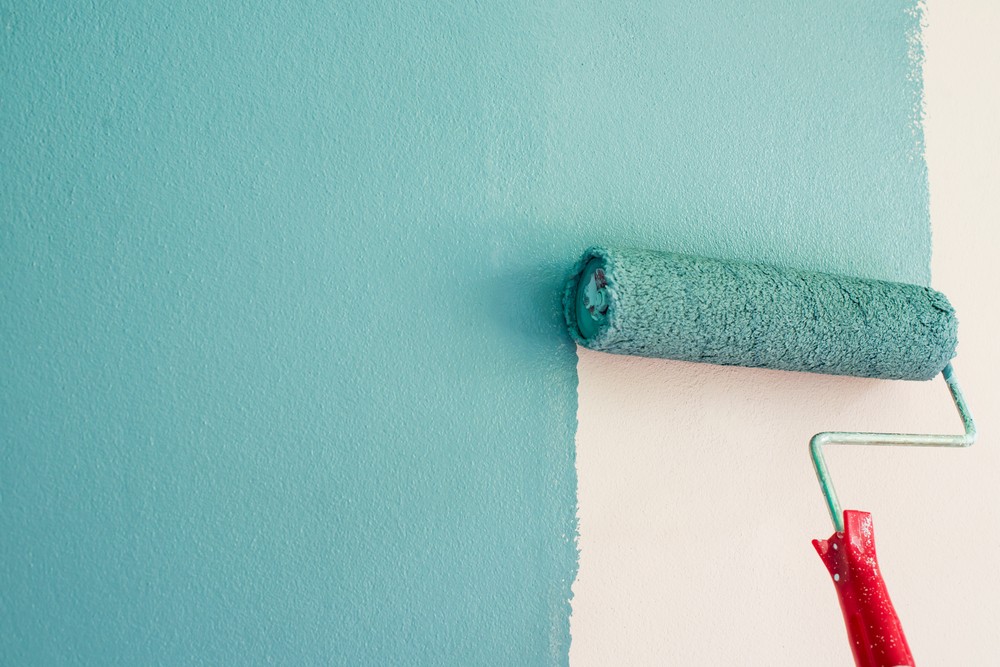
Table of Contents
- Introduction to Deck Staining
- The Deck Staining History
- The Background of Commercial Painting
- Choosing the Right Stain
- Proper Prep Is Essential
- Application Techniques
- Color Trends in Deck Staining
- Staining Different Types of Wood
- Pros and Cons of Deck Staining
- Conclusion
- FAQs
Summary
This guide covers deck staining in Kansas City. It explains why staining protects decks and enhances their beauty. Choose a suitable stain, prepare the deck, apply with skill, and consider the environment. Color trends and staining different wood types are also being focused upon. The guide emphasizes proper preparation and application for a beautiful, long-lasting deck.
Introduction to Deck Staining
A well-maintained deck serves as the centerpiece of any outdoor space. Here, memories are made. They happen over family cookouts or quiet mornings with coffee. Rodriguez Painting is aware of the value of having a stunning deck. Staining a deck has benefits beyond aesthetic enhancements. It's an essential step in safeguarding your capital.
Decks in Kansas City are subject to a variety of weather conditions. Throughout the year, your deck requires protection from chilly winters to scorching summers. Selecting the appropriate pigment and application technique is so essential. We'll share our knowledge in this tutorial. It will help you get a beautiful, long-lasting finish.
The Deck Staining History
Since its inauspicious origins, deck staining has evolved significantly. At first, people just used tar and natural oils to protect wood surfaces. The adoption of synthetic stains helped this technique grow. The stains offer both durability and good looks. Staining a deck is essential today. It can enhance its beauty and protect it from the sun and dampness.
The Background of Commercial Painting
Let's pause to acknowledge the long history of commercial painting. Then, we'll delve further into deck staining. The sector's history dates back to the late 1800s. It offers specialized services like deck staining.
The rise of commercial painting coincided with industrialization and urban development. As cities grew, so did the need for maintained and attractive buildings. Businesses realized the importance of their facilities' appearance. This led to the establishment of specialized commercial painting companies.
The evolution of building maintenance practices played a key role. As materials and architectural styles changed, so did painting techniques. The industry adapted, developing new tools and methods.
Businesses such as Rodriguez Painting are carrying on this heritage today. We are a reputable commercial painting specialist in Kansas City, MO. We combine cutting-edge technologies with tried-and-true methods. One example of how the business has changed to fit certain requirements is the way we stain decks. It guarantees outstanding outcomes for both commercial and residential clientele.
Choosing the Right Stain
Choosing the ideal stain is essential to getting the best possible results. It goes beyond color. The type of stain you choose affects both appearance and protection. Here are key factors to consider:
-
Type of wood: Different woods absorb stains differently. Pine, for example, requires a different approach than cedar.
-
Desired color: Stains range from natural tones to bold colors.
-
Level of transparency: Solid, semi-transparent, and clear stains are available options. Each offers a different look and level of protection.
-
UV protection: Look for stains with UV inhibitors to prevent sun damage.
-
Water resistance: In Kansas City's varied climate, water-resistant stains are crucial.
Stain testing should always be done on a limited, discrete area initially. By doing this, you may test the color and quality before buying the entire deck and make sure you like it.
Stains with an oil basis sleep deeper into the wood. They offer excellent protection but can be harder to clean up. Water-based stains are easier to apply and clean. They also dry faster but may not last as long.
Proper Prep Is Essential
The preparation is key to a successful stain job. It is possible to achieve subpar results by omitting this step, even using premium stain. Here is our detailed approach to getting your deck ready:
-
Proper cleaning: Use a power washer or deck cleaner to remove any dirt, grime, and mildew. Let the deck dry completely after cleaning.
-
Remove old finish: If your deck has an old stain or sealer, strip it off. This ensures the new stain adheres properly.
-
Sand rough spots: Use medium-grit sandpaper to smooth any rough areas. This helps the stain apply evenly.
-
Repair damage: Replace any rotted boards. Hammer down protruding nails.
-
Final cleaning: To get rid of any dust and debris, give the deck one last blowout or sweep after repairs.
-
Give yourself time to dry: Before applying stain, make sure your deck is dry. Usually, it takes 24 to 48 hours following rain or cleaning.
It takes time to prepare properly, but the effort pays well. It guarantees that your new stain lasts longer and looks fantastic. Rodriguez Painting never skimps on these important procedures.
Application Techniques
Applying stains might seem straightforward, but there's an art to it. The right technique ensures even coverage and optimal absorption. Here's how we approach stain application:
-
Choose the proper instruments. Use a brush, roller, or sprayer. Pick the one you need based on the size and type of the deck's stain. Brushes work well for smaller decks and offer more control. Sprayers are faster for large areas but require more skill.
-
Work in little segments to guarantee even coverage and avoid lap marks. Work your way across the deck starting at one end.
-
Apply thin coatings: Several thin coats work better than a single, thick one. Excessive layering may cause uneven drying and peeling.
-
The stain should always be applied following the direction of the wood grain. This improves stain penetration and gives the appearance of naturalness.
-
Reverse brushing: Back-brushing is a must when using a roller or sprayer. This entails applying the stain and then working it into the wood with a brush.
-
Steer clear of puddles: Any extra stain that doesn't absorb in ten to fifteen minutes should be wiped off. Puddles may cause uneven color or sticky patches.
-
Let it dry enough. Follow the maker's advice on coat intervals. This usually takes 24 to 48 hours.
-
If necessary, apply a second coat: A second coat works better for some stains. This is particularly valid for places with heavy traffic.
Recall that when it comes to stains, little is generally more. Applying too much can result in a sticky surface that never dries completely.
Years of experience are what Rodriguez Painting brings to every project. We recognize the subtle differences between various wood species and stains. With the proper equipment and methods, our crew can guarantee an impeccable finish.
Color Trends in Deck Staining
Although staining is primarily done for protection, appearance is also important. Deck stain color trends change with time, much like interior paint color trends do. We're witnessing the following trends at the moment:
-
Natural tones: A lot of homeowners are choosing stains that bring out the color of the wood.
-
The grey-weathered look is popular even in landlocked Kansas City. It gives decks a beach house vibe.
-
Rich browns: Rich, chocolate-colored hues give off an opulent vibe.
-
Two-tone designs: Some homeowners have stained their decking and railings in separate colors.
Recall that trends change over time. Select a hue that you will adore for many years to come. We at Rodriguez Painting can help you pick the perfect tint. It will match your house's design.
Staining Different Types of Wood
Different wood types require different approaches. Here's a quick guide:
-
Pine: Softwood that absorbs stains quickly. May need a pre-stain conditioner to prevent blotchiness.
-
Cedar: Naturally resistant to decay. Takes stain well but may need cleaning to remove mill glaze.
-
Pressure-treated lumber: Must be completely dry before staining. Can take several months after installation.
-
Redwood: Beautiful natural color. Light stains work well to enhance its natural hue.
-
Composite decking: Some types can be stained, others can't. Always check manufacturer recommendations.
-
Hardwoods (like Ipe): Often benefit from specialized hardwood stains.
You must understand your deck's wood type. This is crucial for choosing the right stain and method.
Pros and Cons of Deck Staining
Pros
Cons
Enhanced Protection
High Initial Cost
Longevity
Aesthetic Appeal
Conclusion
Any home would be enhanced beautifully by a well-stained deck. It offers a place to unwind, have fun, and create memories. Your deck may look beautiful for many years. This will happen with the right care and methods.
At Rodriguez Painting, producing exquisite, long-lasting finishes is our passion. We apply our knowledge to every project to make sure your deck looks fantastic.
Are you prepared to change your deck? For expert Kansas City deck staining service, get in touch with Rodriguez Painting right now. Allow us to assist you in designing the outdoor area of your desire.
FAQs
-
How often should I stain my deck?
You should stain the deck every 2 to 3 years. How often you stain depends on foot traffic and exposure to the environment. High-traffic areas might need more frequent upkeep.
-
When it's freezing outside, can I stain my deck?
Staining at 50–90°F is recommended for optimal results. Drying and adhesion problems can arise from staining in cold temperatures.
-
How much time is needed to stain a deck?
When prep and drying time are taken into account, the procedure usually takes two to three days. Day one is for cleaning and prep. Day two is for staining. Day three is for drying and touch-ups. However, larger decks or more complex projects may take longer. Weather can also affect the timeline. We need to ensure proper drying between steps.























